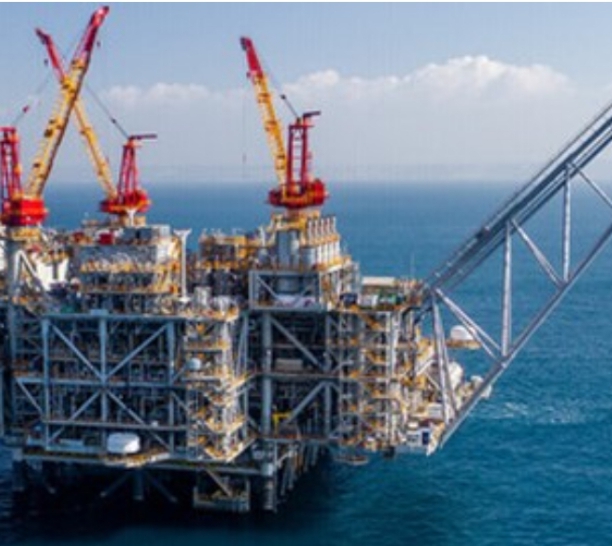By Nick Cunningham
The oil market has experienced a “cooling down” this summer as global supply disruptions have eased at a time when demand has also slowed a bit, according to a new report from the International Energy Agency (IEA). But that pause may only be temporary, with the road getting much rockier towards the end of this year.
It may not feel like things have “cooled down” this summer, as the IEA put it. Record high temperatures have spread across the globe, California is in the midst of its worst ever wildfire, wheat and corn harvests are withering in various parts of the globe, among other climate-related calamities. The energy sector has not been spared. Nuclear power plants in Europe have had to shut down because river levels are too low to cool the plants, and heat waves on several continents have crashed the electricity grids. 2018 is expected to be the fourth hottest year on record, only exceeded by the three previous years.
But, there has been a “cooling” of late in the oil market, the International Energy Agency said in a new report. The supply disruptions that rattled the market earlier this summer have somewhat receded. Libya has partially restored production, and Saudi Arabia and Russia have added new supply. Acute concerns about supply shortages no longer dominate the headlines.
The demand side of the equation has also slowed, a development that is just as significant. In the first quarter of 2018, demand grew at a staggering 1.8 million-barrel-per-day rate. But that has slowed dramatically to just 1 mb/d in the second and third quarters. The IEA said part of the reason for the drop off is that the figure for the second and third quarters is compared to year-ago figures that were rather high, which makes the increase for this year look less impressive. In OECD Europe, demand in the second quarter actually declined year-on-year.
But the slowing of demand can’t simply be chalked up to statistical idiosyncrasies. Higher oil prices – Brent was up roughly 45 percent – have started to impact consumption. In the U.S., demand growth halved from the first to second quarter of this year.
Putting it all together, we have a “cooling down” period in which the urgency over supply disruptions and the pressure from soaring demand have both calmed a bit.
On the bearish side, the escalating trade war could “lead to slower economic growth, and in turn lower oil demand.” For now though, the IEA says demand will return to stronger levels in 2019, and the agency even revised up its forecast for demand growth for next year to 1.5 mb/d, up from 1.4 mb/d in a previous report. But the trade war could undercut that scenario.
Still, the “cool down” period might only be short lived, the IEA warned, and as summer draws to a close, things could get much hotter in the oil market. The main reason for the trouble ahead is the potential loss of Iranian supply due to U.S. sanctions. “The risks to stable supply that will grow later this year could cause higher prices,” the IEA said.
“When we publish our next report in mid-September, we will be only six weeks away from the US’s deadline for Iran’s customers to cease oil purchases,” the IEA cautioned.
Estimates of the potential supply disruptions in Iran have been all over the map, but they have narrowed more recently, with the extreme scenarios (almost no impact from sanctions on Iran’s exports on the one hand; oil exports heading to zero on the other) mostly discarded in favor of some sort of middle-of-the-road scenario.
More specifically, analysts are converging on a range of between 700,000 bpd to 1 mb/d of disrupted Iranian supply, give or take. In fact, those figures come the U.S. government itself, as Bloomberg reports, despite assurances from the Trump administration that Iran’s exports are going down as close to zero as possible.
With U.S. shale slowing down, demand grinding higher, and outages looming from Venezuela and Iran, the pressure on the oil market could grow towards the end of this year.
“As oil sanctions against Iran take effect, perhaps in combination with production problems elsewhere, maintaining global supply might be very challenging and would come at the expense of maintaining an adequate spare capacity cushion,” the IEA concluded. “Thus, the market outlook could be far less calm at that point than it is today.”
Source: Oilprice.com









